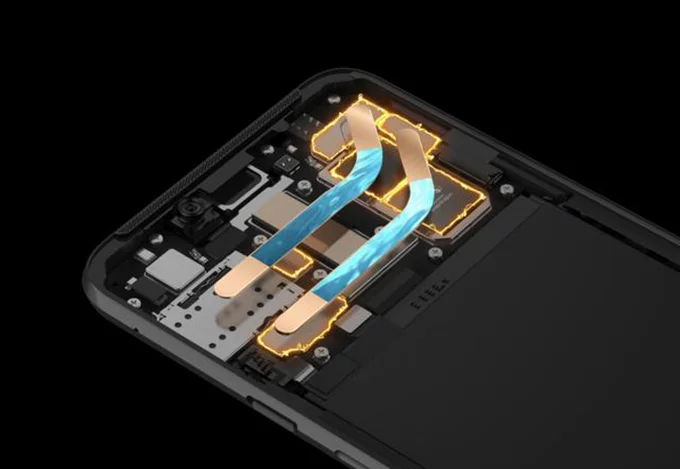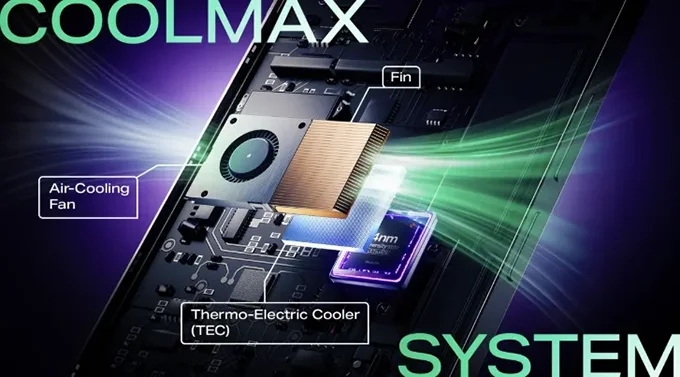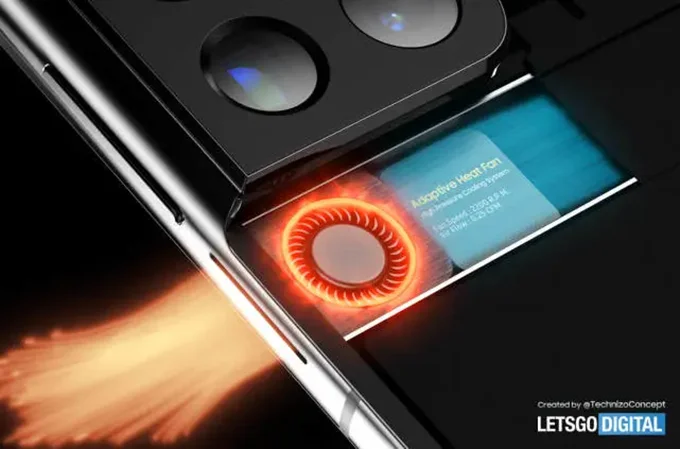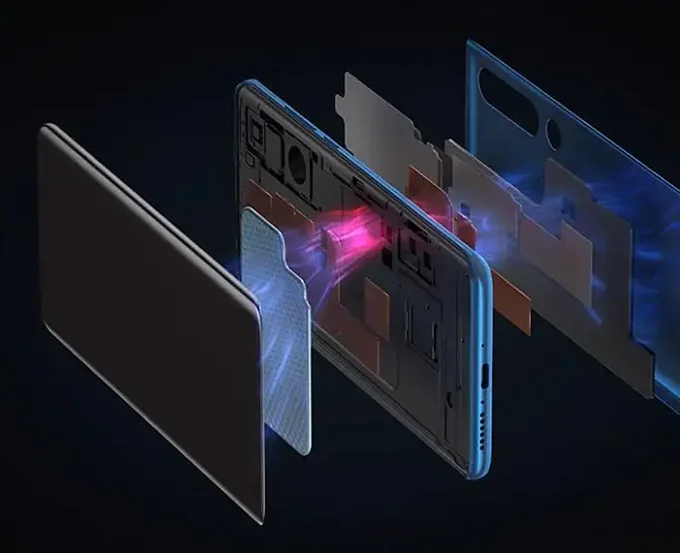The challenge of mobile phone cooling lies in striking a balance between the rapid generation and effective dissipation of internal heat, amidst the increase in processor performance, reduction in device size, and growing user demands. This balance needs to ensure device performance and stability while considering device size, user experience, and energy efficiency.
This article provides an overview of the current state of mobile phone cooling, the significance of cooling, and detailed descriptions of two methods of mobile phone cooling.
1.Challenges of Mobile Phone Cooling
1.1 Increased Performance Demands:
The quest for higher performance in smartphones leads to increased heat generation, posing challenges in dissipating excess heat effectively without compromising device integrity.
1.2 Compact Design Constraints:
The trend towards sleek and compact smartphone designs limits the available space for heat dissipation components, necessitating innovative solutions to maximize thermal efficiency within constrained form factors.
1.3 Proliferation of 5G Technology:
The widespread adoption of 5G technology introduces additional heat dissipation challenges due to higher data transfer speeds and increased network complexity, requiring efficient thermal management solutions to maintain device performance and reliability.
1.4 Rise of Gaming and Multimedia Applications:
The popularity of gaming and multimedia applications on smartphones amplifies heat generation during prolonged usage, necessitating robust thermal solutions to prevent thermal throttling and ensure sustained performance under demanding conditions.
1.5 Importance of User Experience:
With user experience being a critical aspect of smartphone usage, effective heat dissipation is essential for preventing overheating-related performance issues, enhancing device longevity, and ensuring user satisfaction.

2. Significance of Mobile Phone Cooling
2.1 Enhanced Tactile Experience:
Efficient heat dissipation ensures that smartphones remain cool to the touch, providing users with a comfortable and enjoyable tactile experience during prolonged usage.
2.2 Improved Performance Experience:
Optimal thermal management prevents overheating, enabling smartphones to maintain peak performance levels even during demanding tasks such as gaming, multitasking, and multimedia consumption.
2.3 Ensuring Safety:
Effective heat dissipation is essential for preventing overheating-related safety hazards such as battery swelling, thermal runaway, and potential fire risks, ensuring user safety and device reliability.
2.4 Prolonged Device Lifespan:
By mitigating heat buildup, smartphones can maintain their internal components at optimal operating temperatures, reducing the risk of premature component degradation and extending the overall lifespan of the device.
2.5 Preserving Battery Longevity:
Excessive heat can accelerate battery degradation, leading to reduced battery capacity and shortened lifespan. Efficient heat dissipation helps maintain battery health, preserving its longevity and ensuring consistent performance over time.

3. Methods of Mobile Phone Cooling
3.1 Active Cooling
Active cooling enhances convective heat transfer, rapidly dissipating heat generated by internal components like phone chips. The effectiveness of active cooling surpasses passive methods. So, why hasn’t it become widespread?
Here are the reasons:
3.1.1 Increased Thickness and Weight
Devices with active cooling modules are significantly thicker and heavier than standard smartphones. While acceptable for dedicated gamers, the added bulk is less appealing to average users.
3.1.2 Reduced System Reliability
Active cooling necessitates integrating fans into phones, introducing moving parts prone to damage. Unlike computers, phones endure frequent drops, making them unsuitable for active cooling. Additionally, fan lifespan limitations pose risks.
3.1.3 Noise Generation
Active cooling, akin to computers, produces noticeable noise during fan operation. Despite optimizations, residual noise persists, detracting from user experience. Mass adoption could exacerbate this issue.
3.1.4 Consumer Preferences for Performance
Consumer demand largely dictates smartphone design. The highest performing devices don’t always lead sales charts. Gaming enthusiasts, a niche market, prioritize extreme performance. Mainstream manufacturers prioritize features with broader appeal, often neglecting active cooling.
Consequently, most smartphones resort to external cooling accessories, offering limited assistance with inconvenience in usage.

3.2 Passive Cooling:
Passive cooling, the internal cooling system of smartphones, traditionally employed graphite sheets as a thermal solution. Graphite boasts excellent thermal conductivity and malleability, allowing for custom shapes to meet various product requirements. During the 4G era, graphite sheets were ubiquitous in thermal management.
With the advent of 5G, smartphone cooling systems underwent further upgrades. In addition to graphite sheets, Vapor Chambers (VC) and liquid cooling pipes were integrated into phones. Vapor Chambers (VC) , a flat heat pipe, offers bidirectional heat dissipation. Filled with coolant, it absorbs heat, evaporates, condenses, and cycles to transfer heat efficiently. Besides graphite, Vapor Chambers (VC) has emerged as a favored cooling method in smartphones.
Consequently, many 5G smartphones feature multi-layered graphite sheets paired with Vapor Chambers (VC) or liquid-cooled copper pipes for effective thermal management.
Conclusion
smartphone thermal management presents both technical and design challenges, yet it also serves as an opportunity for innovation and enhancement for manufacturers. With ongoing technological advancements and evolving user demands, we can anticipate further optimization and innovation in smartphone cooling technology.
Whether through active or passive cooling methods, the goal remains to ensure optimal performance, safety, and user experience. Looking ahead, we can anticipate the emergence of more efficient and intelligent smartphone cooling solutions, promising users an enhanced experience and reliability.

